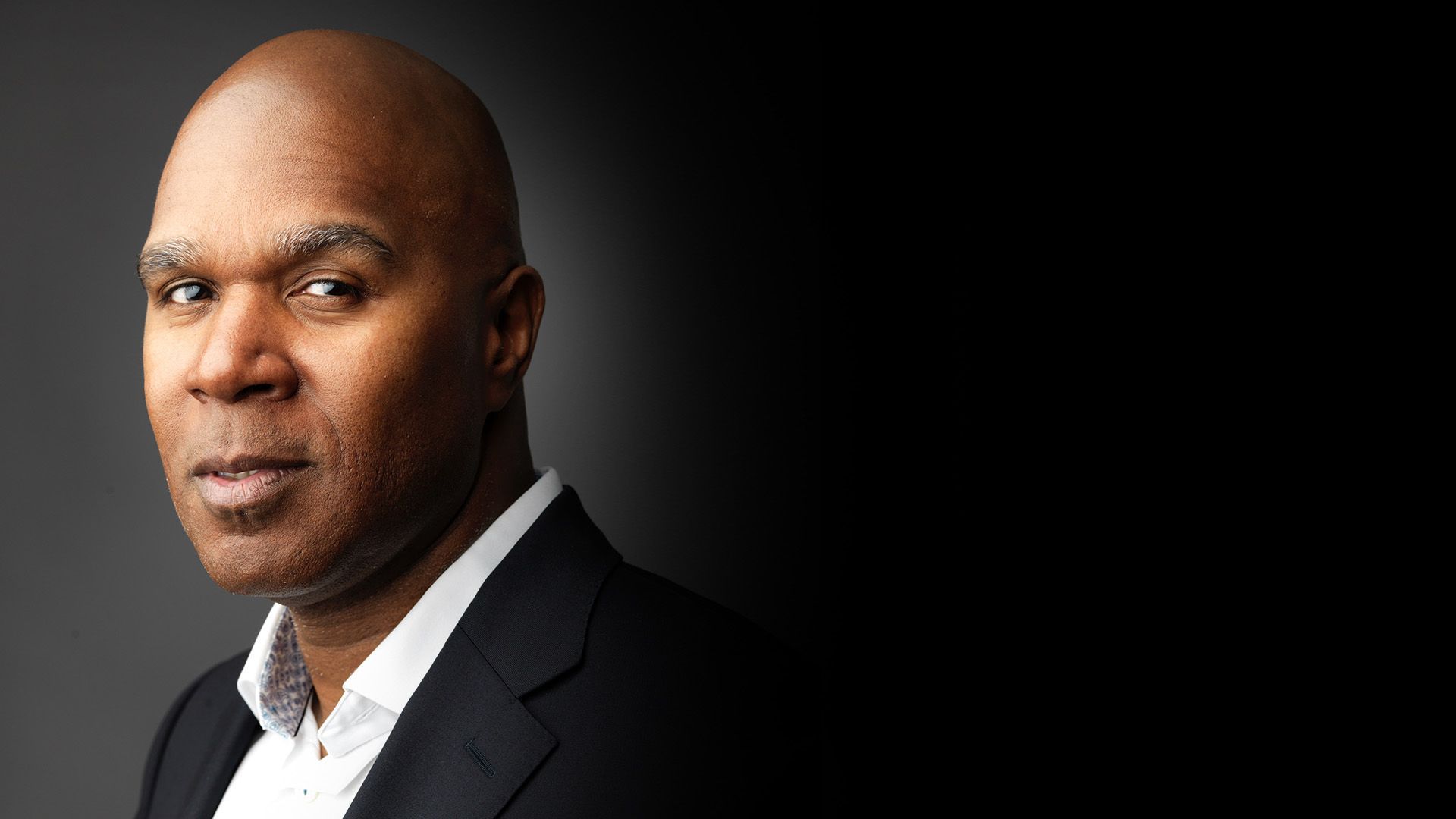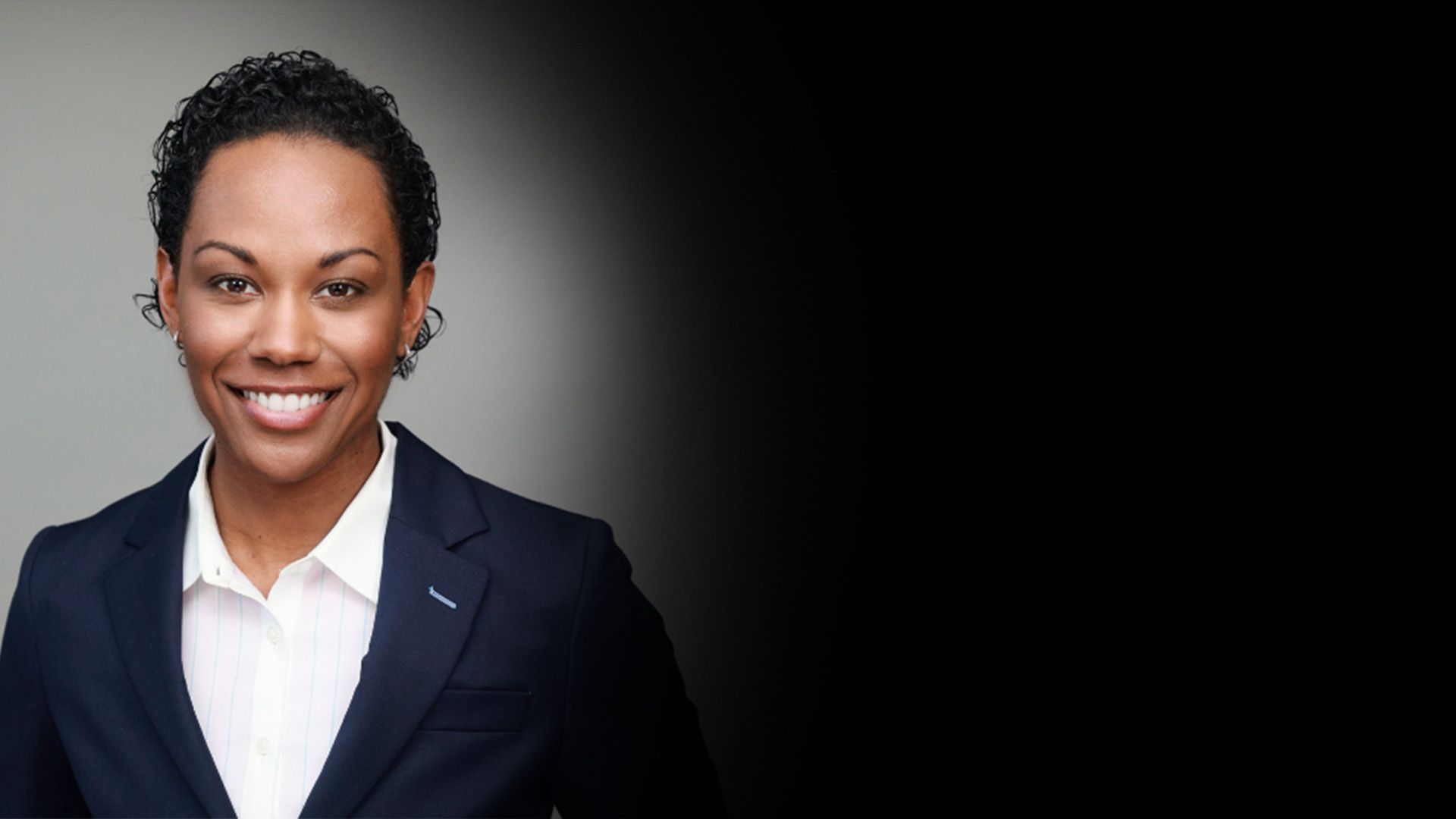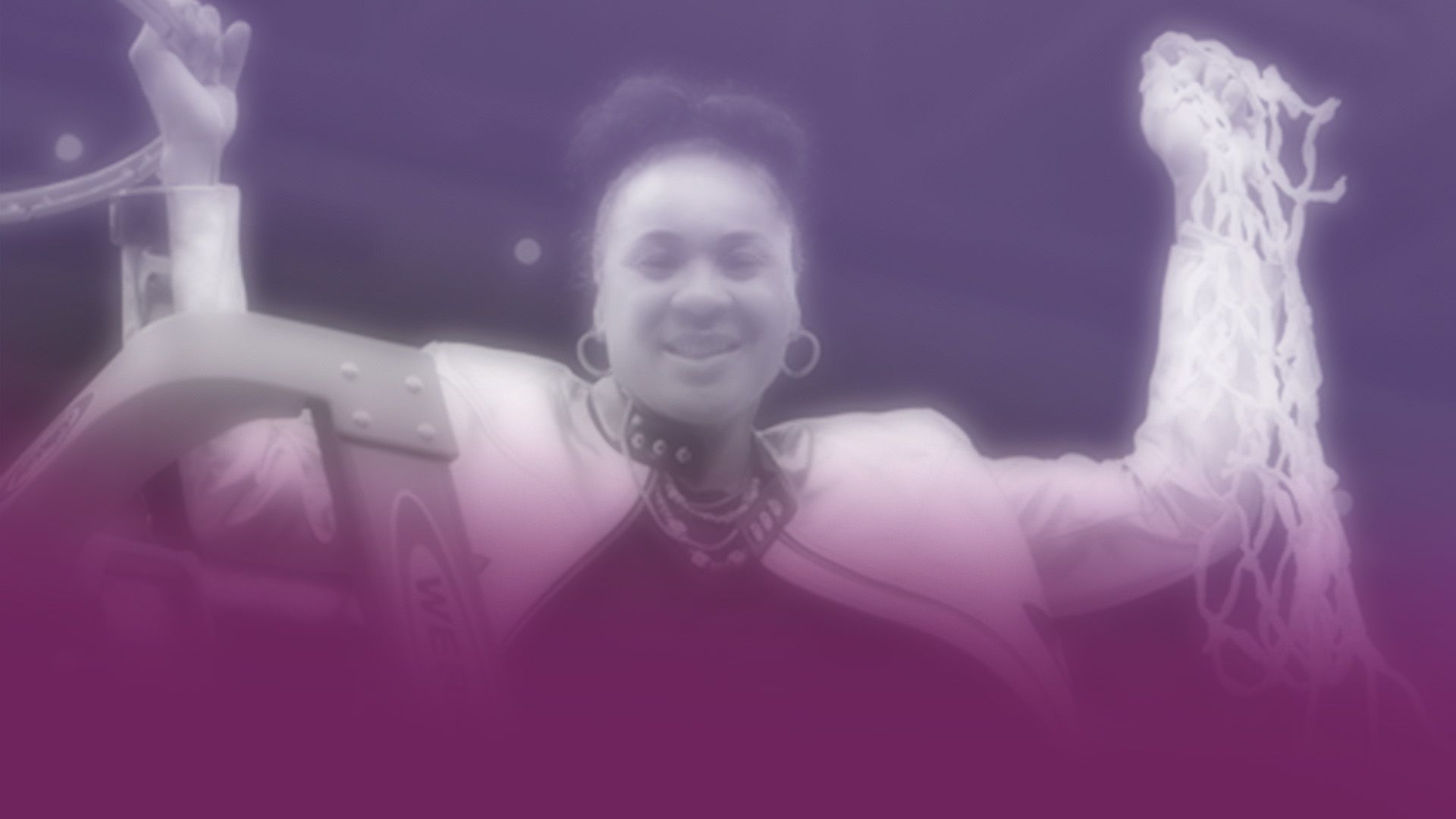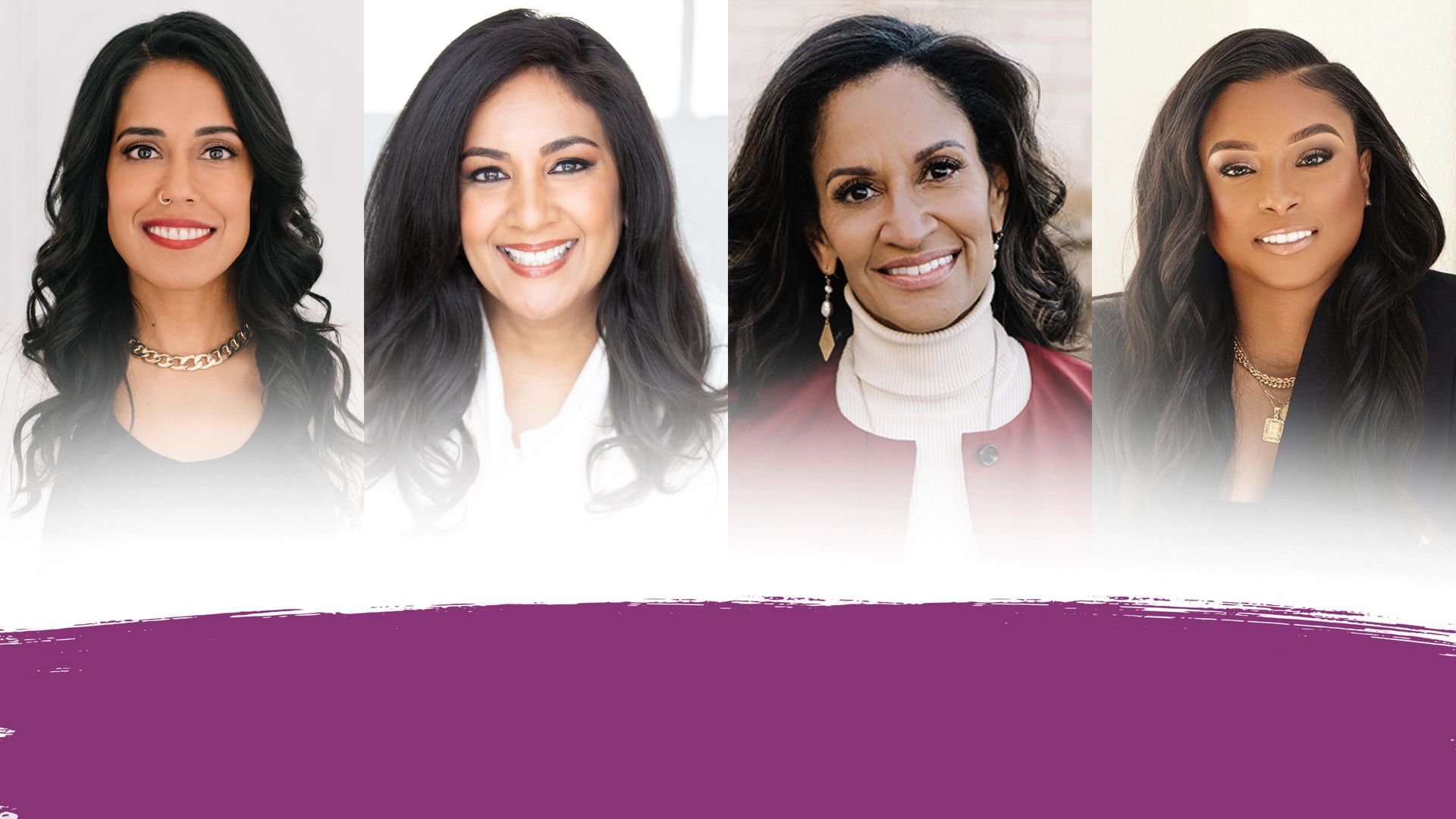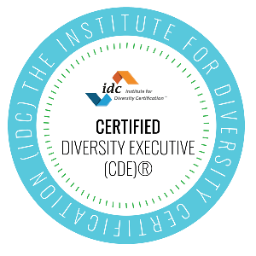Upskilling the Workforce for Racial Equity and Inclusion
It is time to get back to the basics, and it is long overdue. As a society, we have become accustomed to listening to react instead of hearing one another to learn from which we then can respond. We have lost the ability to actively listen, and it is time for this soft skill to make a strong comeback. The art of listening to learn is especially critical now when there’s significant appetite to determine at the individual level ways to take action to impact racial equity within the workplace and other environments we have influence.
Developing leadership for racial equity looks different than traditional diversity, equity and inclusion (DEI) learning and development experiences. I am here to submit that the traditional approach to providing professional development to help employees lead inclusively must evolve to specifically solve for racial equity. And, it starts with teaching people how to listen.
For real change to occur, listening is imperative and needs to begin at the personal level. Hearts and minds are what lead our decisions. Systemic racism cannot be eradicated without conviction and intention. To create conviction and intention, individuals must be impacted at a personal level. It is then, that leaders can transfer behaviors, attitudes and convictions to the respective organizations in which they represent so that systems and structures of inequities can be dismantled.
Consider the fact that people make up institutions and it’s the people within the institutions who are developing systems, practices, procedures and processes, as well as shaping and driving culture. It is within these structures that inequities can exist. The message to be amplified here is that, upskilling around racial equity is necessary and requires a different approach from the surface DEI training to deliver the learning and development needed to address systemic racism.
We cannot assume people are willing, able, and equipped to have conversations about race and racism. We cannot assume people possess the lexicon into inherent power dynamics. We must foster relationships with our peers to have these conversations and address these topics. Create opportunities to hear others’ stories and believe their lived experiences. By creating strong environments for this kind of human to human connection, we enable a growth mindset concerning racial inequities.
None of the companies, institutions, and organizations we know and love would exist without the people that make them. This is the reason we must invest in the people by equipping them with the tools and resources to become conditioned to lead with a lens of equity. These are the individuals that shape the culture, create policies, and enforce procedures. Changing policies and practices is critical, but this cannot and will not happen without a basic understanding of the issue and skills training to address structural challenges that lead to racial inequities. The people represent the SOUL of organizations and are the solution that will bring the change needed.
So, what are some things to consider at the personal level to upskill for racial equity work? First, practice active listening. Ask yourself these questions and consider having a conversation with a friend, coworker, or family member about their thoughts and feelings:
- How can I govern myself around being an anti-racist?
- Am I personally challenging systems and processes that are causing inequities?
- How can I best understand my sources of power and privilege and leverage them to make me a more effective ally?
- Am I educating myself on the history of racial inequities?
- Do I run from the racism conversation or am I pushing through my discomfort for deeper learning?
Here are questions to consider at the organizational level to prepare for upskilling for racial equity:
- Do people of color have decision making control in my workplace?
- Does our work culture allow for calling in behaviors that perpetuate inequities?
- Do we have an organizational anti-racism policy that we govern our company by?
- Does our DEI training specifically solve for upskilling for racial equity?
- Is my workplace perpetuating whiteness as part of the culture? How can I respectfully challenge that?
- Do we have practices that routinely lead to strong pipeline of BIPOC (Black, Indigenous, People of Color) candidates?
- Do we acknowledge the inherent power dynamic as a critical construct to understanding racism?
- Do we have an established shared definition of “racial equity?”
- Does our culture allow for practices that help normalize the race and racism conversation?
Having these conversations will be difficult. There is no shortcut. Allow yourself the permission to fail, to struggle, to question. The work will be messy, but it will be worth it.
